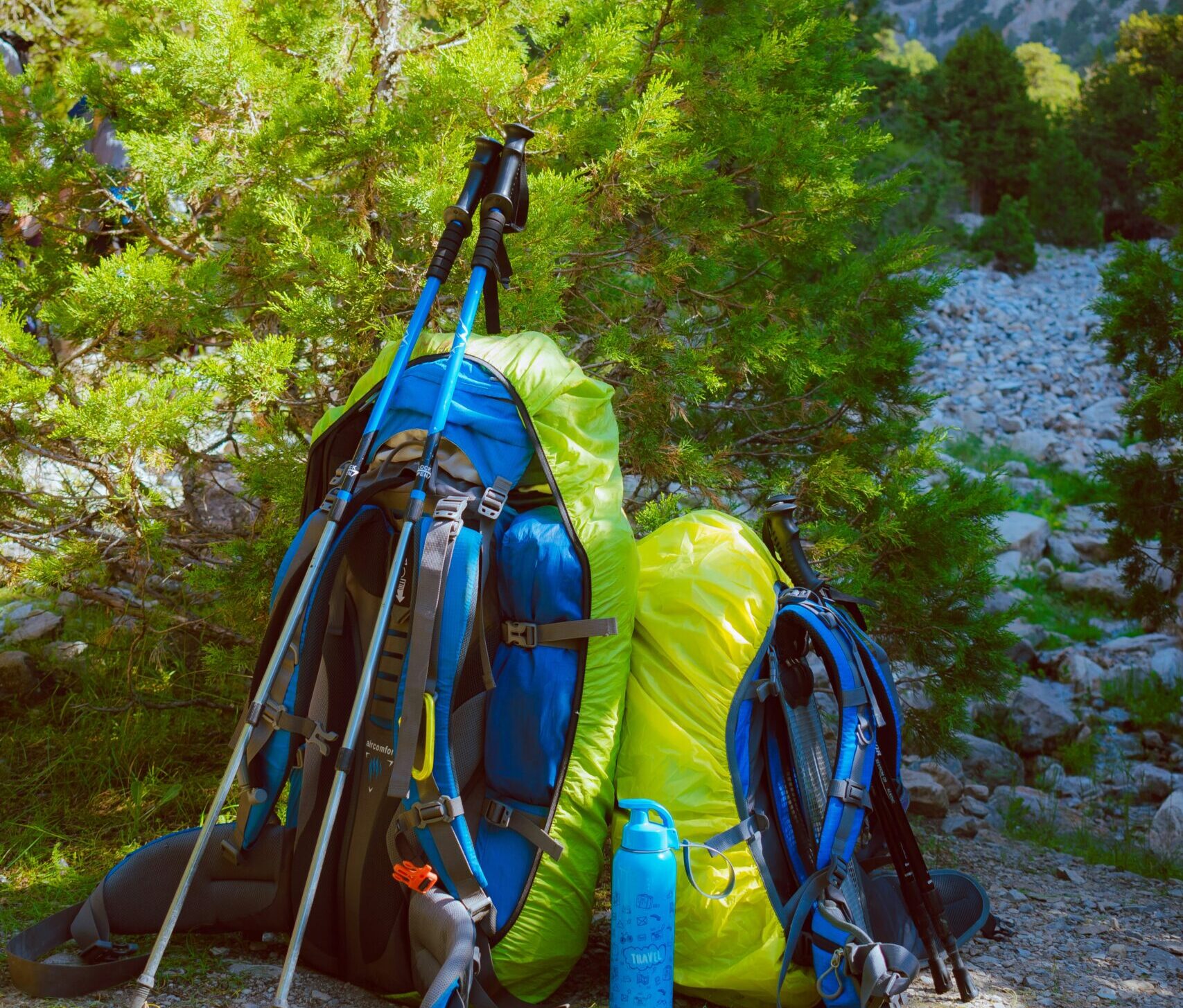<script type="text/javascript" src="http://classic.avantlink.com/affiliate_app_confirm.php?mode=js&authResponse=c4e13e1b9b5acdedad16d533a16f7bf0c234d607"></script>
<script type="text/javascript" src="http://classic.avantlink.com/affiliate_app_confirm.php?mode=js&authResponse=c4e13e1b9b5acdedad16d533a16f7bf0c234d607"></script>

Carrying a poorly adjusted backpack can lead to back pain, shoulder strain, and fatigue, making long hikes uncomfortable. Proper weight distribution ensures your pack sits comfortably, reduces strain on your body, and improves balance on uneven terrain.
In this guide, we’ll cover how to adjust your backpack for the best weight distribution, step-by-step. If you’re still searching for the perfect pack, check out our Best Backpacks of 2025 for expert recommendations. And don’t forget, the right Sleeping Bag and Sleeping Pad also play a role in weight distribution and comfort on the trail.
A well-adjusted backpack:
Tip: Your backpack should feel like an extension of your body, with most of the weight supported by your hips, not your shoulders.
Why? This ensures a custom fit when tightening the straps.
Why? Your hips can handle more weight than your shoulders, reducing strain.
Why? Shoulder straps stabilize the pack but should not bear excessive weight.
Why? Proper load lifter adjustment prevents the pack from dragging backward.
Why? The sternum strap improves stability and balance, preventing shifting.
Tip: Always test your backpack fully loaded to ensure a proper fit.
🔹 Example: Your Sleeping Bag should go at the bottom, while heavier items like food and a Sleeping Pad should be centrally placed.
🚫 Wearing the hip belt too high or too low.
✅ Solution: Position it directly on your hip bones for maximum support.
🚫 Carrying too much weight on the shoulders.
✅ Solution: Shift the weight to your hips and use load lifters.
🚫 Packing heavy gear at the top of the pack.
✅ Solution: Keep heavy items centered and close to your back.
❓ How much of my backpack’s weight should be on my hips?
👉 60-80% of the weight should rest on your hip belt, not your shoulders.
❓ What’s the best way to pack a backpack for balance?
👉 Keep heavy items centered, distribute weight evenly, and use compression straps.
❓ How tight should my backpack straps be?
👉 Straps should be snug but not restrictive—they should stabilize the pack without digging into your skin.
Properly adjusting your backpack makes a huge difference in comfort, endurance, and posture on long hikes. By following these steps, you’ll reduce strain and improve your overall hiking experience.
Still searching for the perfect pack? Check out our Best Backpacks of 2025 for expert recommendations. And don’t forget, a well-packed Sleeping Bag and Sleeping Pad also contribute to proper weight distribution!